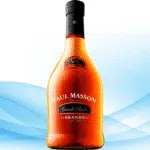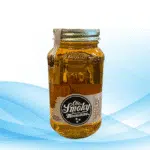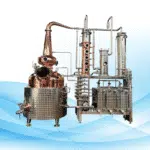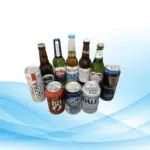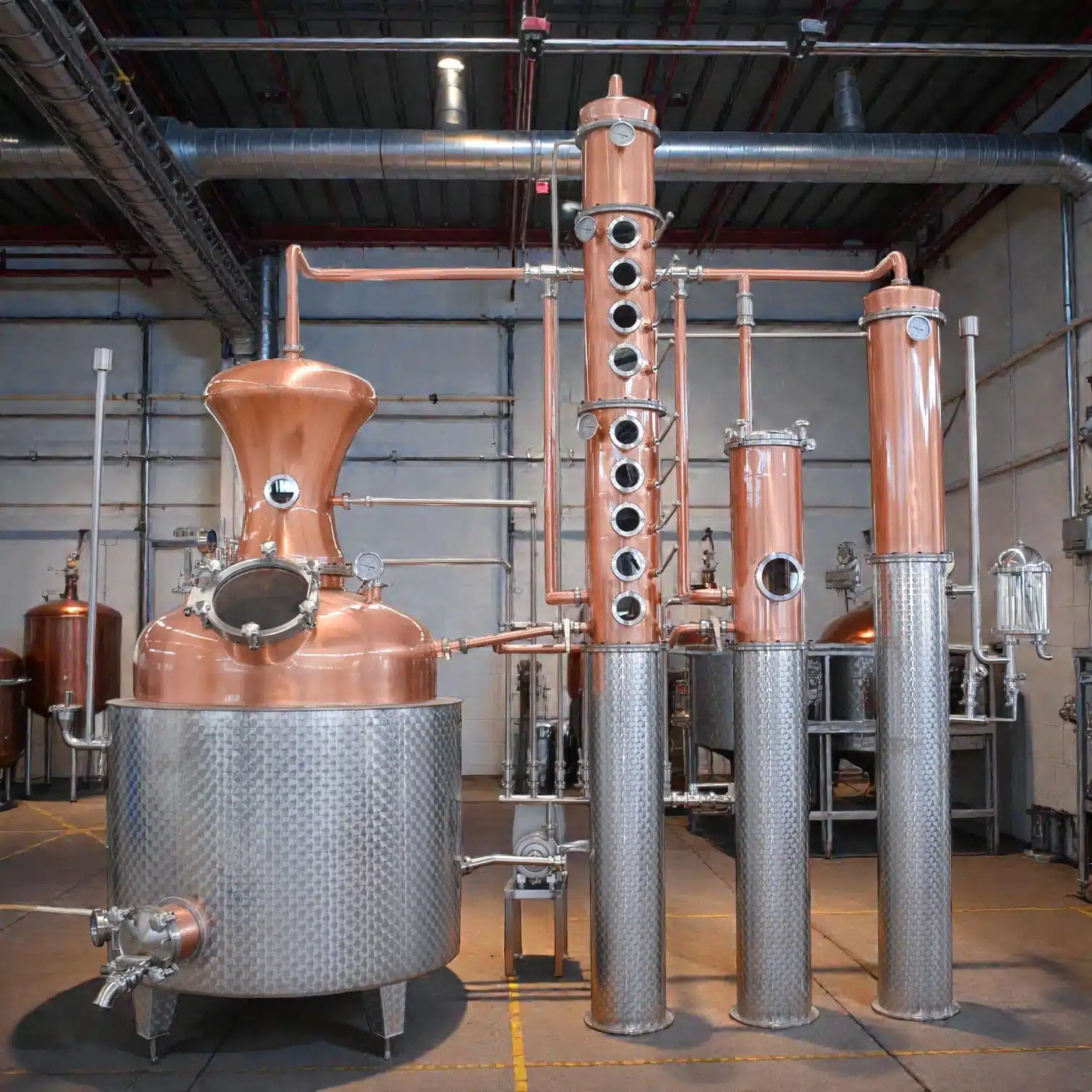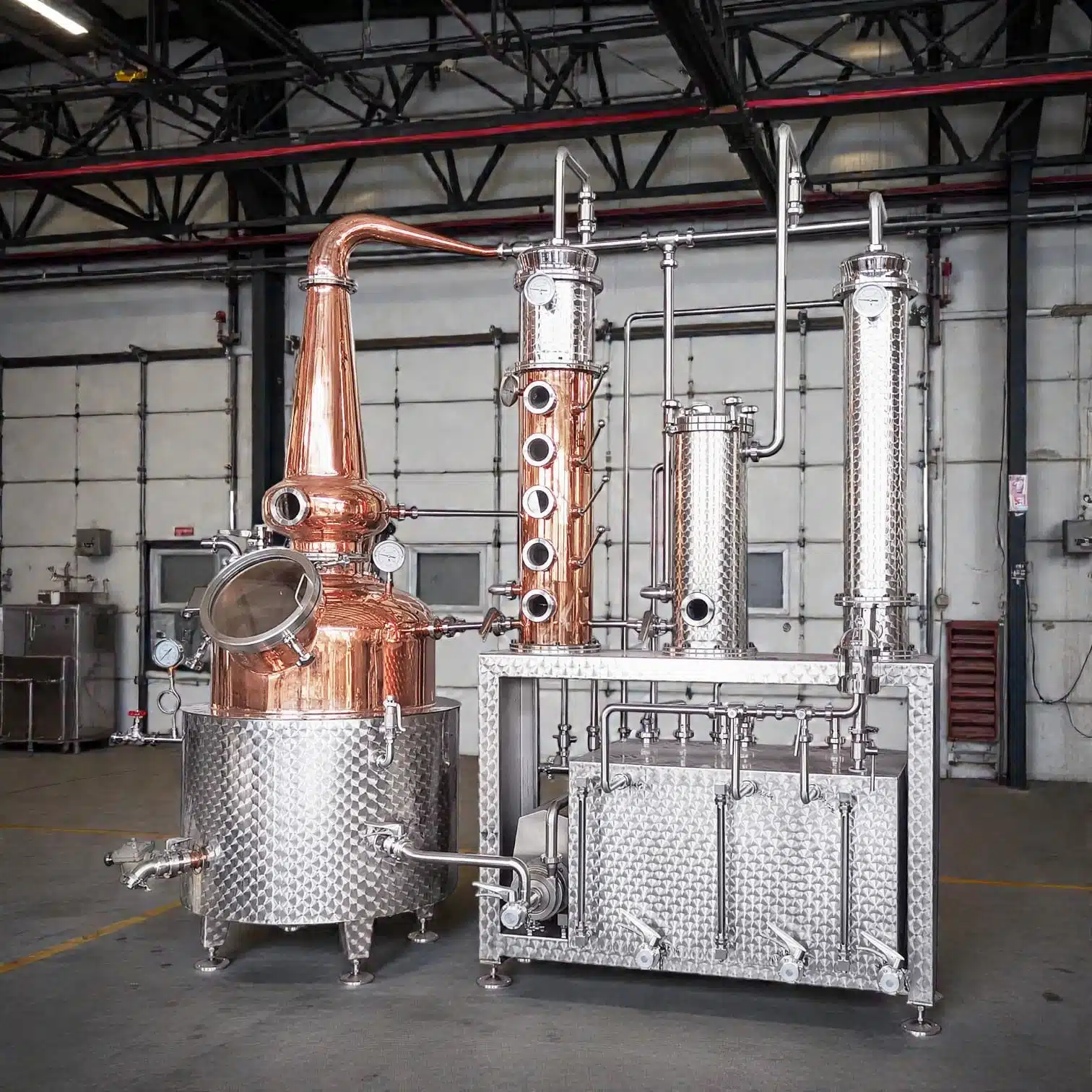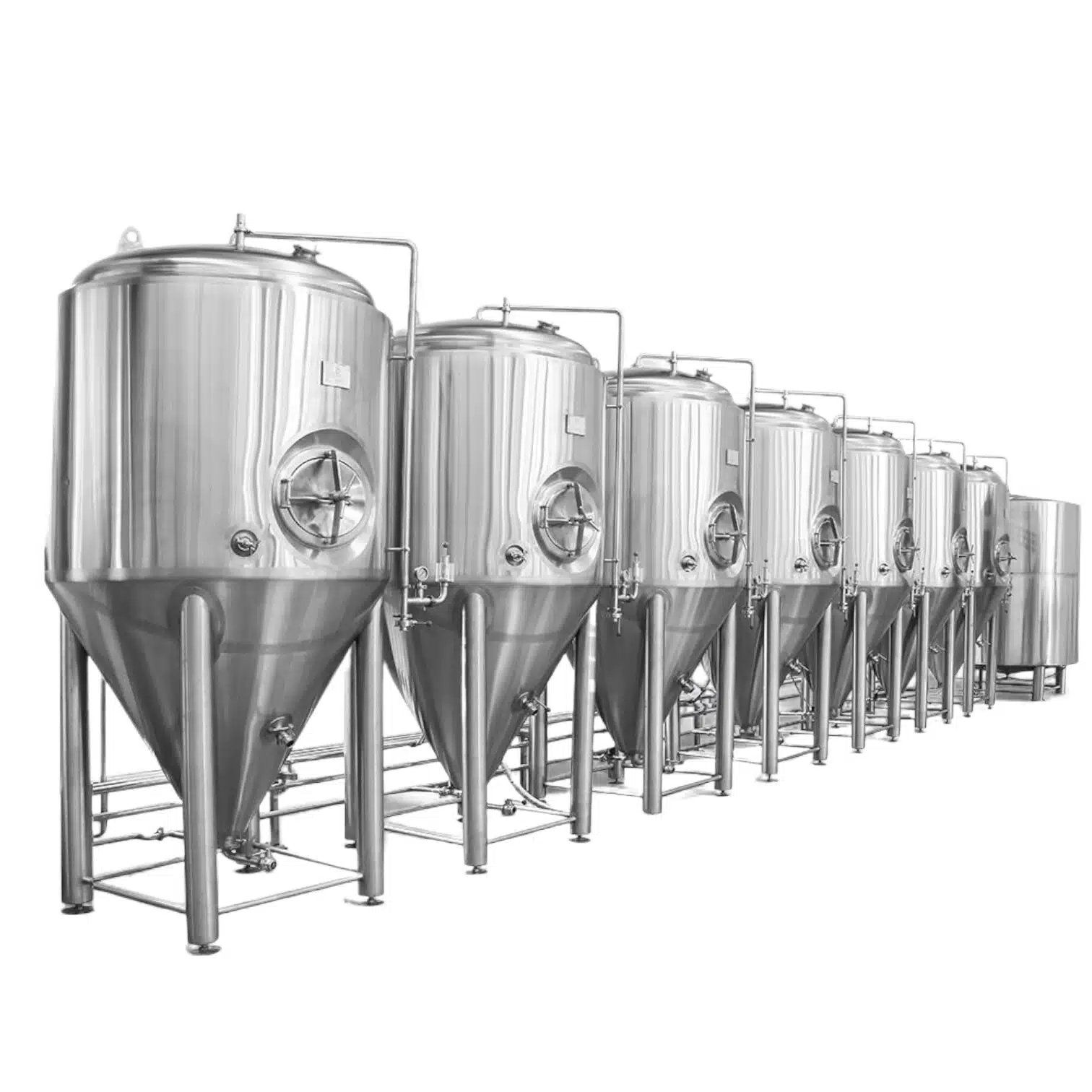A brewery is any place where beer is made, from tiny neighborhood craft shops to massive factories bottling millions of cans. Inside these buildings, people mix science and art to craft a drink people have loved for ages. In this article, we’ll show you exactly what a brewery does, step by step, and explain the different kinds you can visit or buy from. We’ll also take a look at how brewing has changed over time, yet still keeps a few old traditions around.
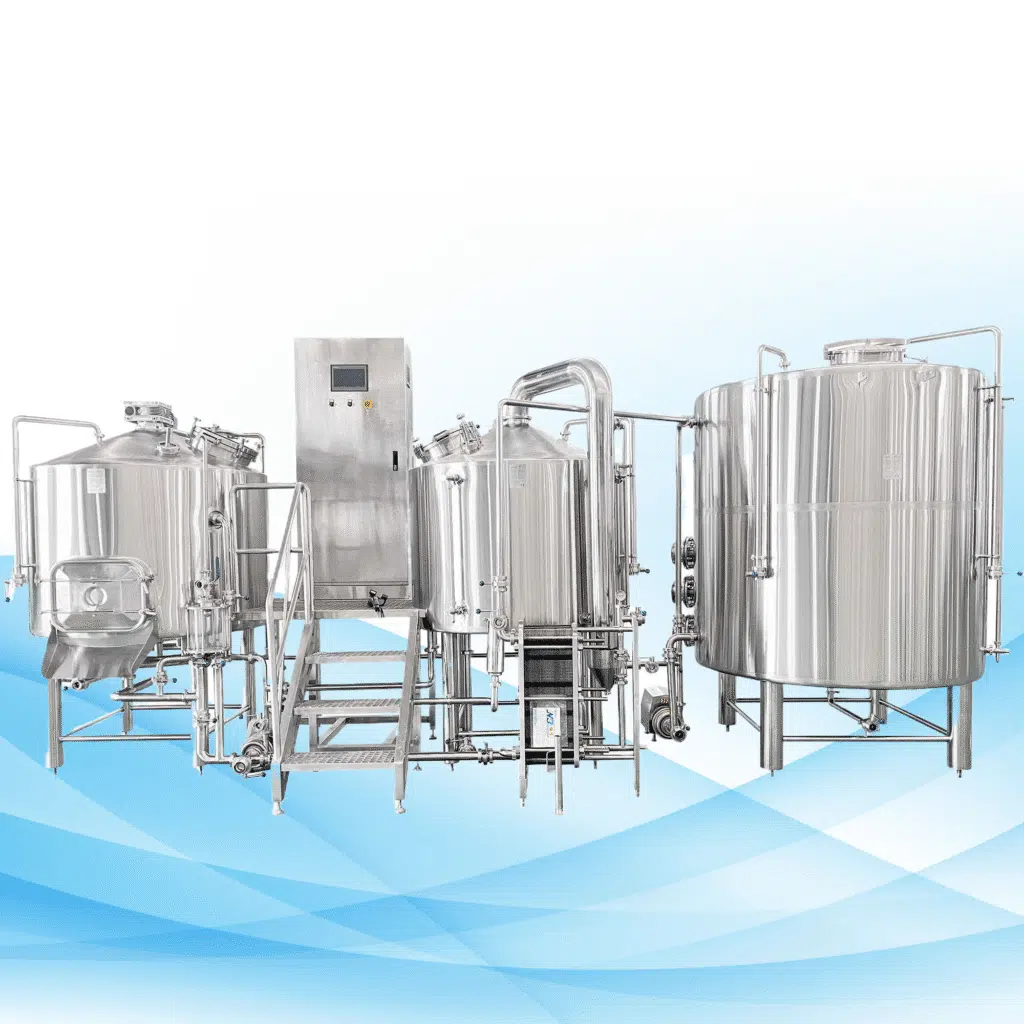
What is a Brewery?
A brewery is the place where beer gets made. Inside its walls you’ll find every tool, ingredient, and process needed to turn barley, hops, water, and yeast into the final product. The size of a brewery can differ a lot: some are tiny, neighborhood spots crafting a handful of kegs each week, while others are huge factories that churn out millions of bottles day after day.
Even though brewing is a factory job, it still has a warm community feel. Around the world, you can find local breweries acting like neighborhood gathering spots. Many of them include a brew pub or taproom, so visitors can taste fresh beers straight from the tanks right where they were born.
The Brewing Process
Making beer in a brewery is part art and part science. While every crew might add their own little twist, the general journey of the brew passes through a few big steps.
Ingredients Used in Brewing
Brewers rely on four main ingredients:
- Malt – Mostly malted barley, malt gives the brew the sugars that yeast will turn into alcohol.
- Water – Because beer is mostly liquid, clean, tasty water (about 90-95% of the finished brew) is the first and most important ingredient.
- Hops – These green flowers bring bitterness, flavor, and the pleasant aromatic kick that many folks love in a good pint.
- Yeast – Tiny single-celled organisms that feast on the malt sugar and, as a reward, give us alcohol and the bubbles that make beer refreshing.
The Brewing Steps Explained
Brewing is made easier to understand if you break it down into five simple steps:
- Mashing: Malted barley gets crushed into a coarse flour and mixed with hot water inside a mash tun. This warm soak turns the starches into sugars that yeast can later eat.
- Boiling: The sugary liquid, now called wort, is boiled so it becomes safe to drink and so the hops release their flavor. Boiling also helps get rid of any off-smelling compounds.
- Fermentation: Once the wort cools, it moves to a fermentation tank and the brewer sprinkles in yeast. The little microbes eat the sugar and bubble out alcohol and carbon dioxide.
- Conditioning: After fermentation, the young beer rests for a few days to months while its flavors smooth out and develop.
- Packaging: When the taste is just right, the beer is filtered, carbonated if needed, and sent into bottles, cans, or kegs for thirsty folks to enjoy.
Types of Breweries
Breweries come in all shapes and sizes. Whether you’re having a draft at your neighborhood pub or grabbing a six-pack from the store, it’s nice to know which type of brewery made the beer you enjoy.
Microbreweries
Microbreweries are small, independent places that make limited amounts of beer each year. The folks at a microbrewery often pour their energy into high quality, bold flavors, and fun new ideas. Most of the time, they brew craft beers that speak to local people.
Nanobreweries
Smaller still, a nanobrewery is usually run by one or two passionate beer lovers. With tanks that hold maybe one barrel, they produce tiny batches that might never leave the neighborhood. If you chase rare, small-batch pours, a nanobrewery will quickly win your heart.
Brewpubs
A brewpub is part brewery, part restaurant, slinging house-made beer right alongside burgers and fries. It’s one of the best spots to taste a full lineup of brews while enjoying a hot meal and good company.
Large Commercial Breweries
Big-name breweries, like Anheuser-Busch and Heineken, run on a huge scale and make some of the most famous beers around the globe. Because they sell so much beer, they rely on robots and machines to help pump out millions of liters every single year.
The Role of Breweries in Beer Culture
Even with all that automation, breweries still shape beer culture—in fact, craft lovers feel that story the loudest. Microbreweries give towns a new hangout, acting as schools, tasting rooms, and community centers rolled into one.
Visitors love stopping by, too. Many cities turn their local brewing scene into a tourist draw, with weekend tours and taproom maps for anyone ready to sip their way through a region’s flavors.
Common Questions About Breweries
How do breweries make beer?
Brewers mix malted barley, pure water, hops, and yeast in a careful dance of mashing, boiling, fermenting, and conditioning until a finished beer emerges.
What’s the difference between a microbrewery and a big brewery?
Microbreweries make smaller batches of beer and love to experiment with bold, fun flavors. Big breweries churn out huge volumes using machine-driven steps so they can sell at low prices and reach as many drinkers as possible.
Can I walk through a brewery?
Absolutely! Most places welcome guests for guided tours, tasting counters, and special events. Touring a brewery lets you see how beer is made and lets you sip super-fresh, locally crafted brews right where they were born.
Are all breweries basically the same factory?
Not at all. There are microbreweries, tiny nanobreweries, regional giants, and all kinds of in-between batches. Each one differs in size, how much beer it can pour in a year, and the styles it loves to create.
So, what exactly is a brew pub?
A brew pub is both a small brewery and a restaurant that serves its own beer on draft. It’s a chill spot to guzzle house-made pints while nibbling tasty dishes that match the flavors in every glass.

